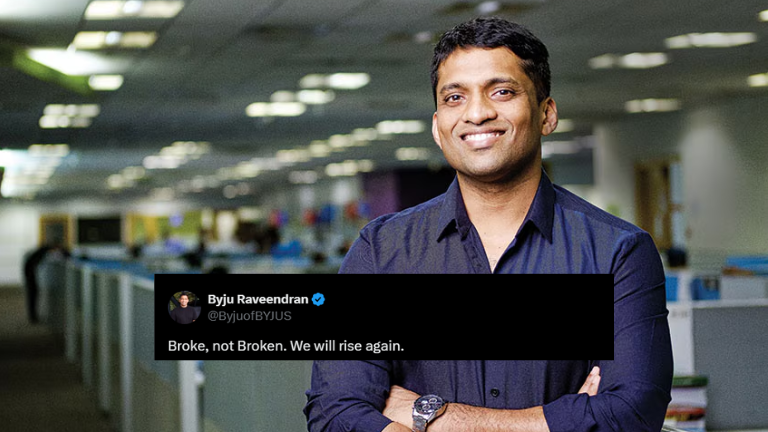India’s CPI Inflation to Average 4% in FY26: Morgan Stanley Revises Forecast
India’s CPI inflation to average 4% in FY26, according to a new Morgan Stanley report, marking a revision from the previous estimate of 4.3%. This revised outlook is based on lower-than-expected inflation data for January and February, which has opened up additional room for monetary policy easing by the Reserve Bank of India (RBI).
The report now forecasts a cumulative 75bps rate cut, an increase from the previously expected 50bps easing cycle. India’s CPI inflation to average 4% in FY26 is a key indicator that provides greater flexibility for the RBI to support economic growth while maintaining price stability.
With the recent decline in food inflation and range-bound core inflation, India’s CPI inflation to average 4% in FY26, giving policymakers a chance to adopt a more accommodative monetary stance.
India’s CPI Inflation to Average 4% in FY26: Easing Food Inflation Opens Policy Space
One of the primary drivers of this revised forecast is the decline in food inflation, which accounts for 45% of the CPI basket.
- India’s CPI inflation to average 4% in FY26 as food inflation continues to moderate, reducing overall price pressures.
- February 2024 CPI inflation dropped to 3.61%, marking the first time in six months that it fell below the RBI’s 4% target.
- Weather-related disruptions, which previously caused volatility, have subsided, leading to a more stable food price outlook.
Morgan Stanley highlights that both summer and winter crop production are expected to increase on a year-on-year basis, further strengthening food supply and reducing inflation volatility.
“For FY26, the outlook for food inflation has improved as both summer and winter crop production are estimated to rise on a YoY basis, which will also help to reduce volatility as it creates a buffer,” the report stated.
These developments reinforce why India’s CPI inflation to average 4% in FY26 and why a deeper rate-cutting cycle is now expected.
India’s CPI Inflation to Average 4% in FY26: Monetary Policy Adjustments
As India’s CPI inflation to average 4% in FY26, Morgan Stanley has updated its monetary policy expectations, predicting a total rate cut of 75bps instead of the previously estimated 50bps.
“We update our monetary policy outlook to add one more 25bps rate cut by the RBI, in light of lower-than-anticipated headline inflation prints for two consecutive months,” the report mentioned.
For the quarter ending March 2024, CPI inflation is now projected to average 4%, down from an earlier estimate of 4.5%. Given that the RBI targets a CPI range of 2-6%, this trend provides more space for policy easing.
With India’s CPI inflation to average 4% in FY26, policymakers can focus on stimulating economic growth without triggering inflationary concerns.
India’s CPI Inflation to Average 4% in FY26: Impact on Core Inflation and Credit Growth
Even as economic growth picks up, credit growth remains moderate at 11%, which suggests that financial stability concerns are minimal. This creates more flexibility for RBI to adjust policy.
- India’s CPI inflation to average 4% in FY26 due to stable core inflation, which has remained within a controlled range.
- Core inflation has been lower than expected, driven by declining core goods and services prices.
- Even as base effects normalize, core inflation is projected to stay around 4%, supported by range-bound commodity prices.
According to Morgan Stanley, disinflation from food prices is expected to have a greater impact on sustaining the downward trend in headline inflation, allowing the RBI to continue easing rates.
“Comfort on headline inflation creates more elbow room for a deeper rate easing cycle by the RBI,” the report highlighted.
These factors reinforce why India’s CPI inflation to average 4% in FY26, paving the way for a gradual but steady monetary policy shift.
India’s CPI Inflation to Average 4% in FY26: Key Takeaways for Policy and Markets
Morgan Stanley’s report outlines several key implications of the forecast that India’s CPI inflation to average 4% in FY26:
- CPI inflation for FY26 has been revised down from 4.3% to 4.0%.
- A total rate easing of 75bps is now expected, up from the previous forecast of 50bps.
- Lower food inflation and stable core inflation provide policymakers with greater flexibility.
- Credit growth remains at a manageable level, reducing financial stability risks.
- Commodity price trends suggest continued disinflationary pressures.
With India’s CPI inflation to average 4% in FY26, the RBI will likely focus on balancing growth and inflation through carefully calibrated monetary policy moves.
India’s CPI Inflation to Average 4% in FY26: Broader Economic Implications
The expectation that India’s CPI inflation to average 4% in FY26 has important implications for businesses, consumers, and markets:
- For businesses: Lower inflation and reduced borrowing costs will support investment and expansion.
- For consumers: Stable inflation means lower cost pressures, increasing purchasing power.
- For financial markets: Easing interest rates could improve liquidity conditions, benefiting equity and bond markets.
Given these trends, India’s CPI inflation to average 4% in FY26, supporting a more predictable and stable economic environment.
India’s CPI Inflation to Average 4% in FY26: Conclusion
The revised inflation outlook and monetary policy expectations indicate that India’s CPI inflation to average 4% in FY26, giving the RBI room for a deeper rate easing cycle.
With food inflation stabilizing, core inflation remaining contained, and credit growth staying moderate, India is well-positioned for a balanced economic expansion.
As India’s CPI inflation to average 4% in FY26, it sets the stage for a more supportive monetary policy, benefiting businesses, consumers, and financial markets.







